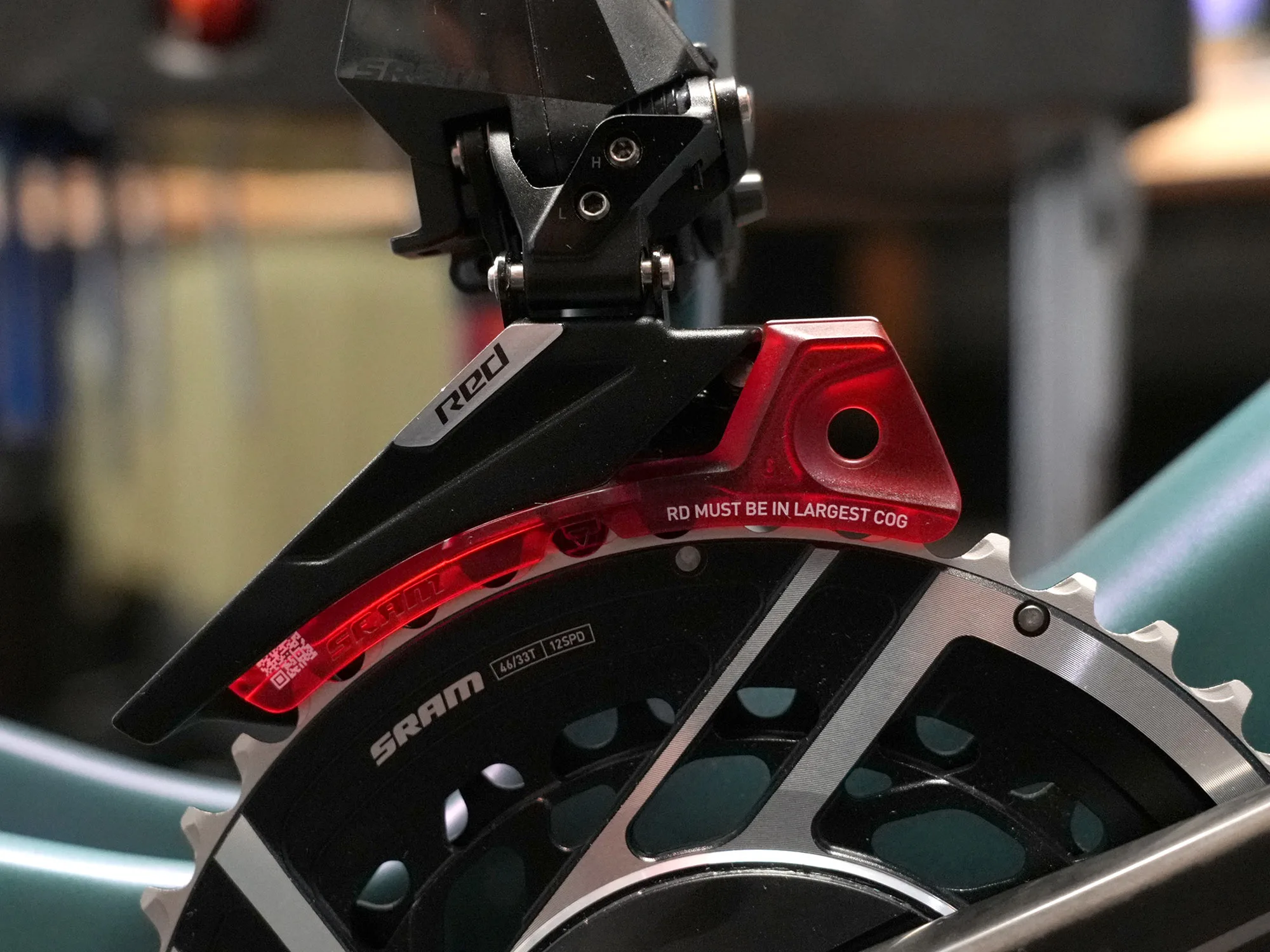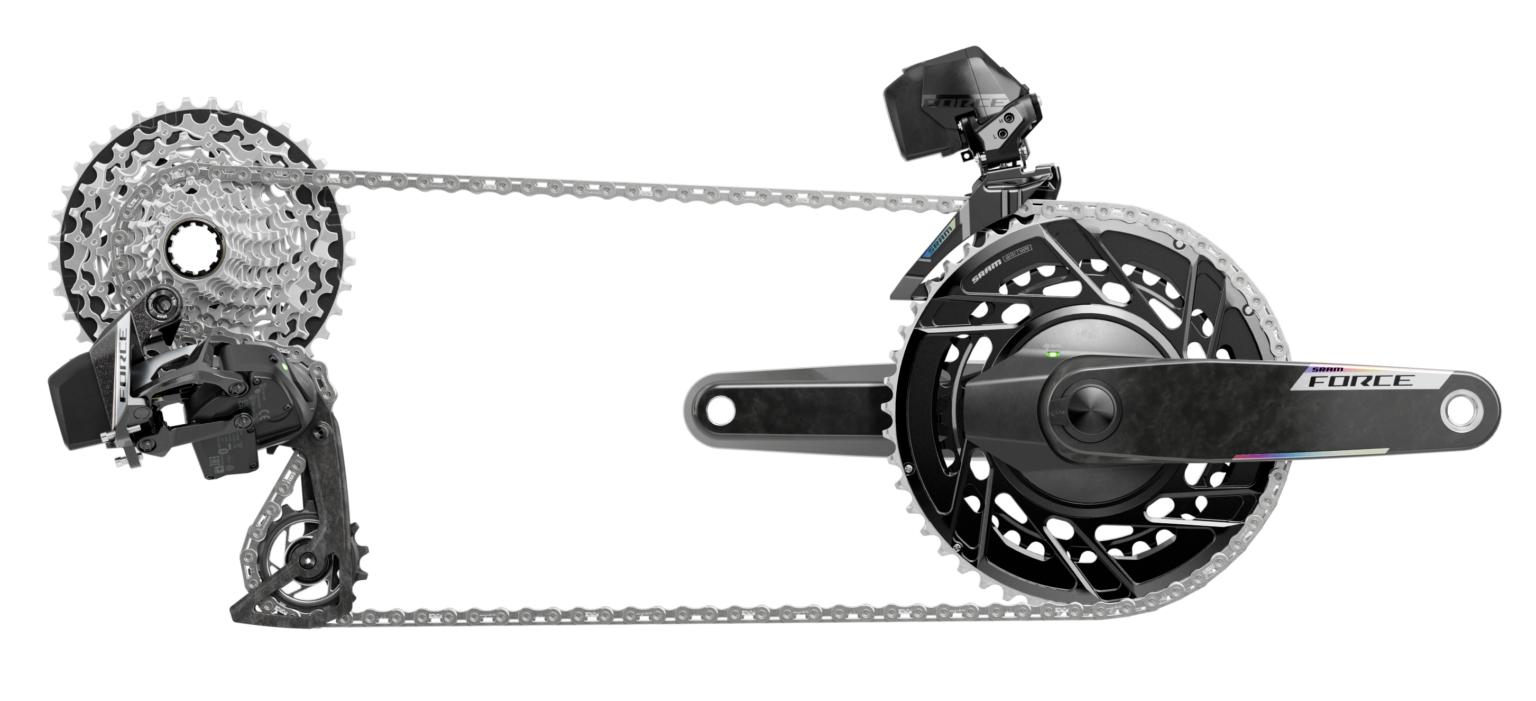The continuing conflict between SRAM and the UCI over proposed gear restrictions has taken a major flip. The Belgian Competitors Authority (BCA) has ordered the UCI to droop its deliberate trial limiting gear ratios. The trial guidelines have been initially scheduled to take impact for the upcoming Tour of Guangxi. Nevertheless, the ruling gear cap rule cites severe competitors regulation issues and potential hurt to SRAM and its sponsored WorldTour groups.
A Suspension That Hits the Brakes on Controversy
The UCI’s now-shelved rule would have capped riders’ high gearing at 54×11. The group mentioned the gear cap is meant to enhance security by decreasing most speeds. The BCA wasn’t satisfied. In its ruling (issued October 9), the authority mentioned the rule “doesn’t meet the required circumstances of objectivity and transparency”. Stating the capped gearing rule might trigger “severe and tough to restore hurt” to SRAM’s enterprise and repute.


SRAM, the one main drivetrain producer at the moment missing a compliant 54×11 setup, argued that the rule unfairly singled out its product line. The BCA agreed, discovering that the UCI’s resolution was “adopted underneath disputable circumstances” and risked disadvantaging SRAM-equipped groups.


The Fallout — and What It Means for Racing
The ruling successfully halts the UCI’s gearing trial till the governing physique can produce a model that meets requirements of “proportionality, objectivity, transparency, and non-discrimination.” The BCA additionally ordered the UCI to acknowledge the suspension publicly and warned that failure to conform might lead to penalties.
SRAM CEO Ken Lousberg didn’t mince phrases earlier this month, saying the rule “penalises and discourages innovation”. Sataing it has already precipitated “reputational harm, market confusion, and potential authorized publicity.”


The UCI, nevertheless, doubled down in response to the ruling. In an announcement, it expressed “shock on the intervention of a contest authority on a matter desired by all stakeholders.” It reiterated that the measure was designed round rider security, not competitors bias. Nonetheless, the UCI has confirmed it can attraction the choice and “alter the protocol” for potential future trials.


Why It Issues
This case isn’t nearly one rule or one model (although it actually looks like it). The dispute is a bigger combat over how far the UCI can go in shaping the technical evolution of professional biking. Nevertheless, it isn’t restricted to gears; new UCI laws on handlebar width, wheel depth, and helmets have already sparked large debate this 12 months. The up to date BCA ruling units a transparent precedent: governing our bodies can’t impose restrictions that immediately restrict producer competitiveness with out due course of and transparency.
For SRAM, it’s a giant win — each legally and symbolically. For the UCI, it’s a reminder that even well-intentioned security guidelines need to play honest within the trendy, extremely commercialized world of biking tech.

